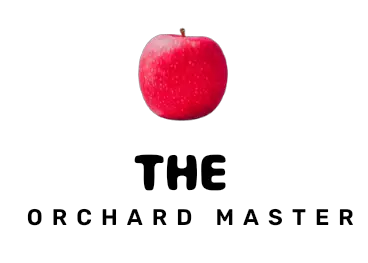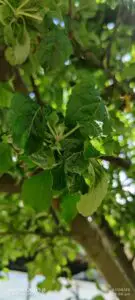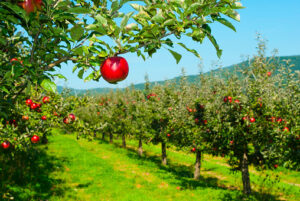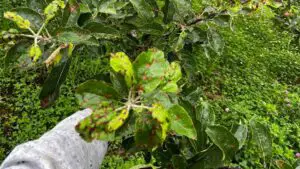Introduction:
Welcome to our ultimate guide on how to fertilize an apple tree! With the increasing trend of organic gardening and homesteading, more people are showing interest in growing fruit trees in their backyards. Among the wide variety of fruit trees, apple trees (Malus domestica) are a popular choice due to their delicious and abundant fruit yield. A crucial factor that ensures a healthy apple orchard is providing the proper nutrients. In this blog, we cover everything you need to know about fertilizing apple trees as an essential part.
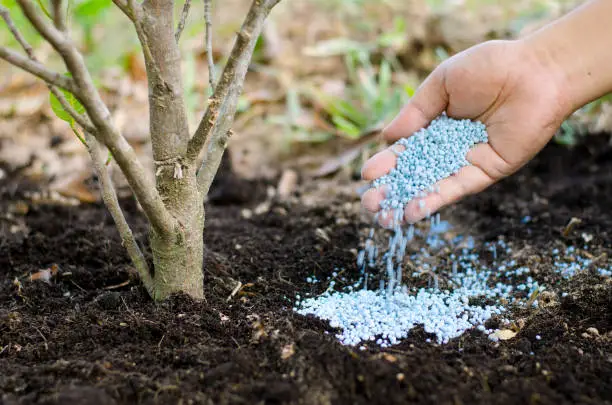
Understanding Your Apple Tree’s Nutrient Needs
Before we delve into the art of fertilization, it’s important to understand your apple tree’s specific nutrient requirements. Apple trees, like all plants, need three primary macronutrients: nitrogen (N), phosphorus (P), and potassium (K). Nitrogen helps with vigorous shoot growth, phosphorus supports root growth, and potassium promotes fruiting and flowering.
Soil testing is recommended to determine the existing nutrient levels in your garden, making it easy to tailor your fertilization needs accordingly. Regular testing will you up-to-date and prevent over-fertilization.
Choosing the Right Fertilizer
With the knowledge of your soil’s nutrient levels, you can select the appropriate fertilizer. There are two main types of fertilizers – organic and chemical. Organic fertilizers such as compost, aged manure, or seaweed emulsion provide a gradual release of nutrients, enhancing soil quality. Chemical fertilizers offer a quick release of nutrients in a balanced ratio. For the best results, choose a slow-release granular fertilizer specifically formulated for fruit trees.
When to Fertilize
Timing is crucial for fertilizing apple trees. New trees benefit from a small application of balanced fertilizer in the early spring, just before bud break. For established trees, fertilize once in the spring and once again in the fall after fruiting. However, make sure not to fertilize too late in the fall season, as it may invite unwanted pests or trigger vulnerable late-growth shoots.
Fertilizing Techniques
Now that you’ve selected your fertilizer and know when to apply it, it’s time to learn how to fertilize an apple tree properly Follow these techniques for effective and even fertilization:
- Measure the appropriate amount of fertilizer according to your soil test results, the age of the tree, and the size of the root zone.
- Clear any weeds, grass, or mulch around the base of the trunk to expose the soil surface in a 2-3 foot diameter circle.
- Carefully spread the fertilizer evenly around the drip line of the tree, avoiding direct contact with the trunk.
- Gently scratch the fertilizer into the soil surface to encourage absorption and prevent runoff.
- Water thoroughly after fertilization to help the nutrients penetrate deeper and reach the root system.
Additional Tips for a Healthy Apple Tree
Aside from proper fertilization, apple trees need consistent care in other aspects as well:
- Pruning: Regular pruning encourages airflow and sunlight penetration, resulting in better fruit quality and decreased disease risk.
- Pest control: Implement organic methods such as introducing beneficial insects and using insecticidal soap to keep pests under control. Monitor your tree for signs of infestations and take action promptly.
- Watering: Apple trees require deep, consistent watering, especially during periods of drought. Be mindful of over-watering, as it can lead to root rot and disease.
Conclusion:
Fertilizing apple trees is an essential step in guaranteeing a bountiful and healthy harvest. By following this ultimate guide, you will be well on your way to enjoying the fruits of your labor. Remember the success of your apple orchard doesn’t end with fertilization — consistent care and attention to your tree’s needs will result in a thriving, productive apple tree that will reward you for years to come.
